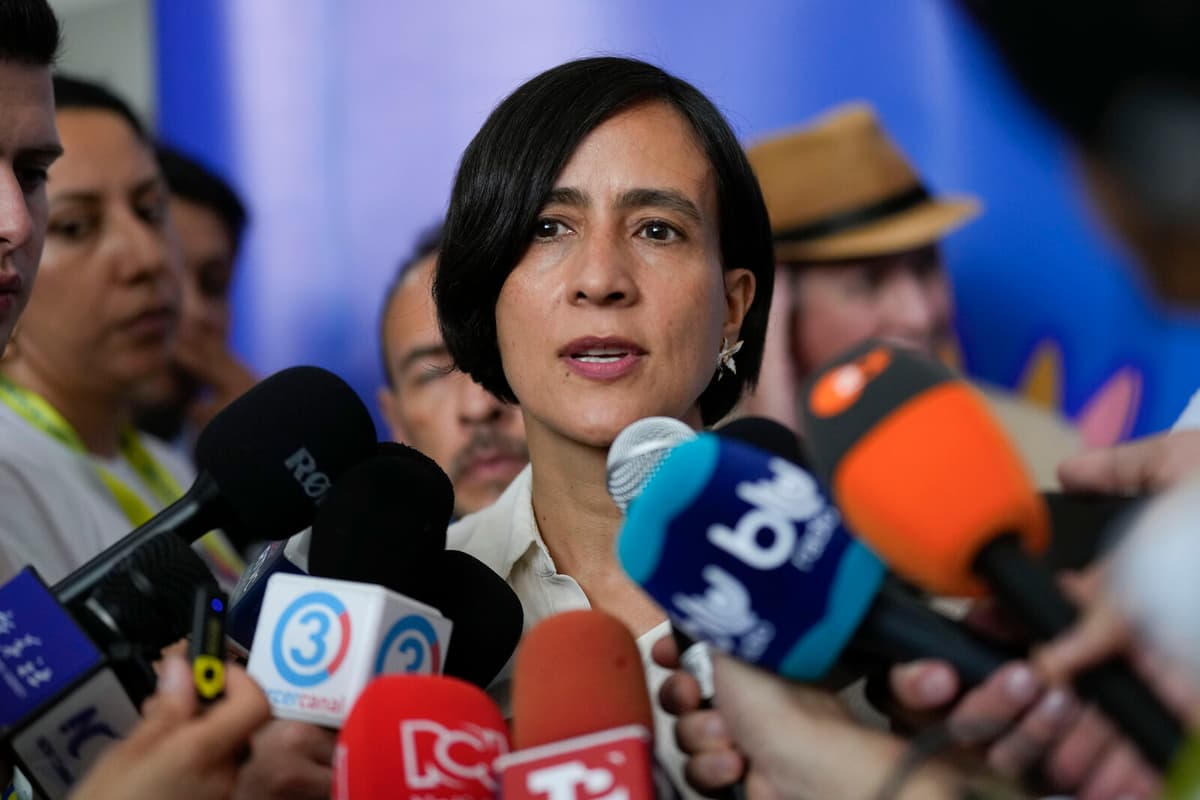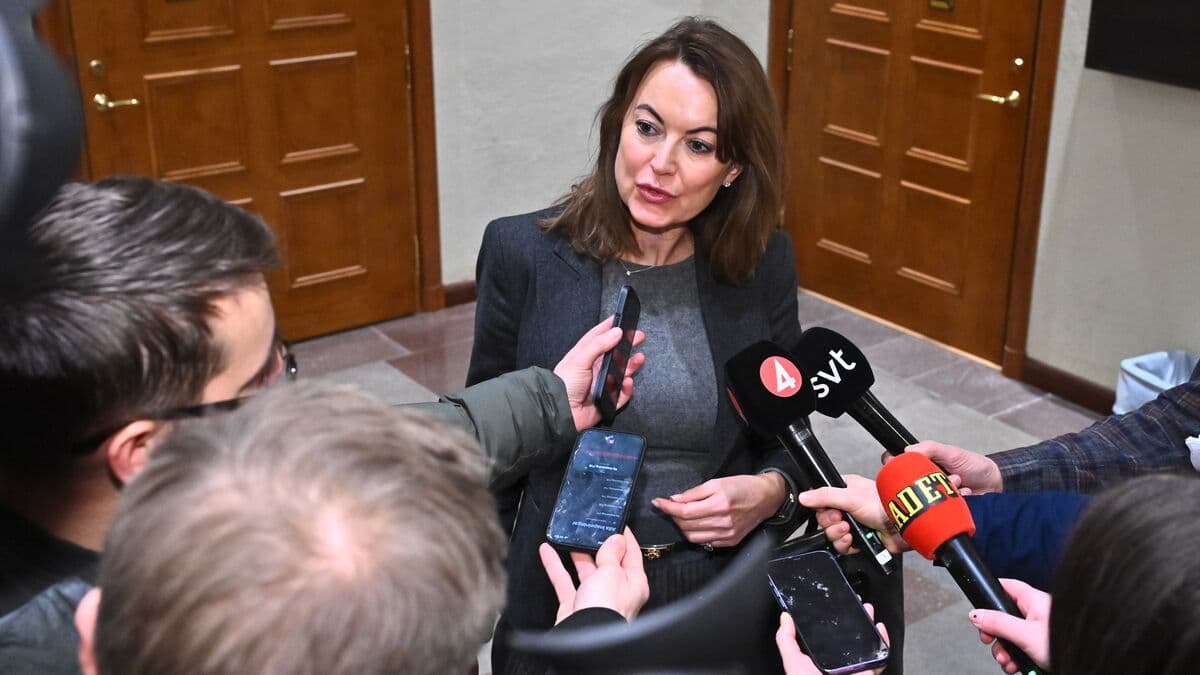The jubilation at COP15 in Montreal 2022 was palpable when a historic global framework for the Earth's species and ecosystems was adopted.
But two years later, only a tenth of the 196 countries that signed have delivered the promised action plans and financing is far from the $20 billion by 2025 agreed upon to protect nature.
No Time to Wait
This year's meeting is being held in the Colombian city of Cali and gathers around 23,000 delegates, including a hundred ministers from various countries. The guerrilla movement EMC has called for a boycott and warned that the conference "will fail". The meeting opened under massive police protection.
The planet does not have time to wait. We need to strengthen financing, said Colombian Environment Minister Susana Muhamad to the delegates when she opened the meeting.
Already two years ago, time was running out when 23 action goals were agreed upon to be achieved by 2030, for example, to protect 30 percent of land and sea, and to halve food waste.
In a new report, Greenpeace shows that 8.4 percent of the oceans have been designated as marine protected areas. Only 2.7 percent of the areas are fully or largely protected from human activities. If the current pace continues, the goal set for 2030 will be achieved in 2107 – nearly 80 years too late.
Gloomy Figures
WWF recently warned in its Living Planet report that populations of wild vertebrates – from frogs to giraffes – have decreased by 73 percent over 50 years. Several ecosystems are approaching tipping points, which can lead to irreversible changes.
Despite the gloomy figures, there is still hope to turn the trend around – if action is taken.
We have been very successful in reintroducing species and saving species when we have really focused on what makes them disappear, says Linda Krueger from the Nature Conservancy organization.
The UN biodiversity summit, COP16, takes place in Cali, Colombia, from October 21 to November 1.
COP stands for Conference of the Parties and refers to the parties in the UN Convention on Biological Diversity. The number 16 indicates which meeting it is in the series.
Some of the issues to be addressed during COP16 are:
Implementation. All countries should have national implementation plans in place before COP16 or have reported their goals. They are expected to show that their national strategies and action plans for biological diversity are adapted to the framework.
Financing. How will environmental work be financed? Developing countries need economic support to implement the framework.
Fair distribution of benefits. This is one of the main goals in the Convention on Biological Diversity from 1992 and deals with how the benefits of genetic material from plants and animals should be distributed fairly, for example, in the production of medicines and similar.
Biological diversity is the variation that exists within and between species and ecosystems. Simply put – how many living organisms there are.
Biological diversity contributes to functioning ecosystems, which in turn are a prerequisite for us humans to get food on the table, clean water, and fresh air.
The crisis for biological diversity is acute, and researchers warn that the world is heading towards a sixth mass extinction. For example, vertebrate populations have decreased by 70 percent since 1970.
Even in Sweden, several reports have shown a serious situation and negative trend for biological diversity. Currently, more than 4,700 species are red-listed here.
Source: Naturvårdsverket, SLU






